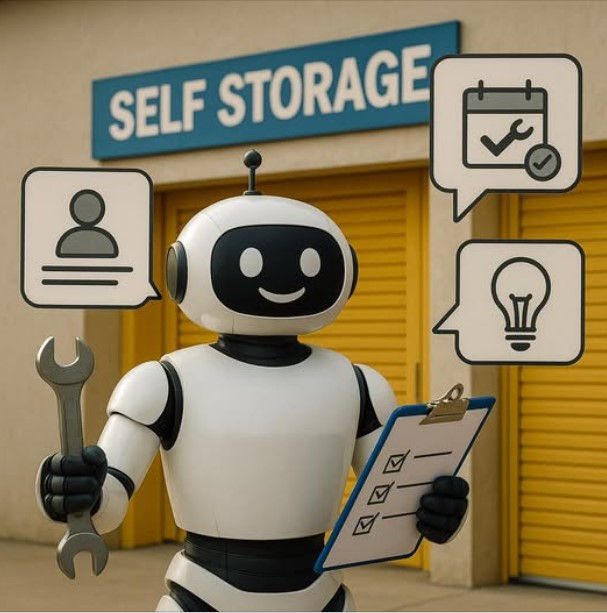Optimizing Your Self Storage Office Hours. When Should You Be Open? and Why?
- Kevin Harless

- Jul 14
- 2 min read

Are Your Office Hours Helping or Hurting Your Storage Facility? Let’s Talk About It.
Let’s have a real conversation for a second—what time does your self-storage office open, and why?
Is it because that’s when your neighbor’s facility opens? Or because someone told you customers like early mornings? Or did you just guess?
Too often, self-storage operators treat office hours like they’re set in stone, handed down from the golden age of 9-to-5 business. But guess what? Customers—and your operation—may not fit into that mold.
The truth is, your office hours can either support or sabotage your bottom line. They can empower your team or drain your labor budget. The key is not guessing—it’s tracking.
Let’s talk about the questions you should be asking:
Are you open when your customers actually want to rent or interact with you?
Is your staff sitting around waiting for something to happen at 8 a.m. on Wednesdays… because that’s “just how it’s always been?”
Do your weekend hours match your actual weekend traffic, or are you assuming Saturdays are always slam-packed just because it feels that way?
One Real Example: Data Over Assumption
I once took over a location that had traditional hours—open 7 days a week, 9–5 Monday through Friday, and 9–3 on Saturday and Sunday. Sound familiar?
We dug into the call logs, rental timestamps, in-person interactions, and even web traffic. The data told a very different story than our assumptions.
Here’s what we changed:
Closed on Wednesdays and Sundays.
Reduced weekday hours to 10 a.m. – 5 p.m.
Weekend hours trimmed to 9 a.m. – 12 p.m. on Saturdays.
That change shaved 30 hours off the labor schedule per week. At an average fully-burdened labor cost of $22/hour, that’s:
$660/week saved
$2,860/month saved
$34,320/year saved
And it wasn’t just about savings. With less downtime, the team had more energy and structure. Cleaning got more consistent. Walk-throughs happened with purpose. Customer service improved. Rentals actually went up, because staff was more present and engaged when people actually needed help.
This wasn’t about doing less—it was about doing what works.
Don’t Jump to Conclusions—Track First
If you’re not tracking when your leads call, when your rentals happen, or when customers physically come in… how do you know you’re staffing correctly?
This isn’t about cutting hours blindly. It’s about matching your business to your customer, not the other way around. It’s about finding patterns, optimizing labor, and building a business that’s smarter—not just busier.
Office hours shouldn’t be decided by habit. They should be driven by reality.
So, ask yourself:
Are you open because you have a plan—or because someone told you that’s just the way it’s done?
Is your team there when people need help—or when nobody’s calling?
Are your hours helping you rent more units—or just helping you burn payroll?
Data doesn’t lie. Start tracking. Make small changes. And remember: less can actually be more—if it’s built around real customer flow.
Let the other guys keep guessing. You’ve got a plan.




Comments